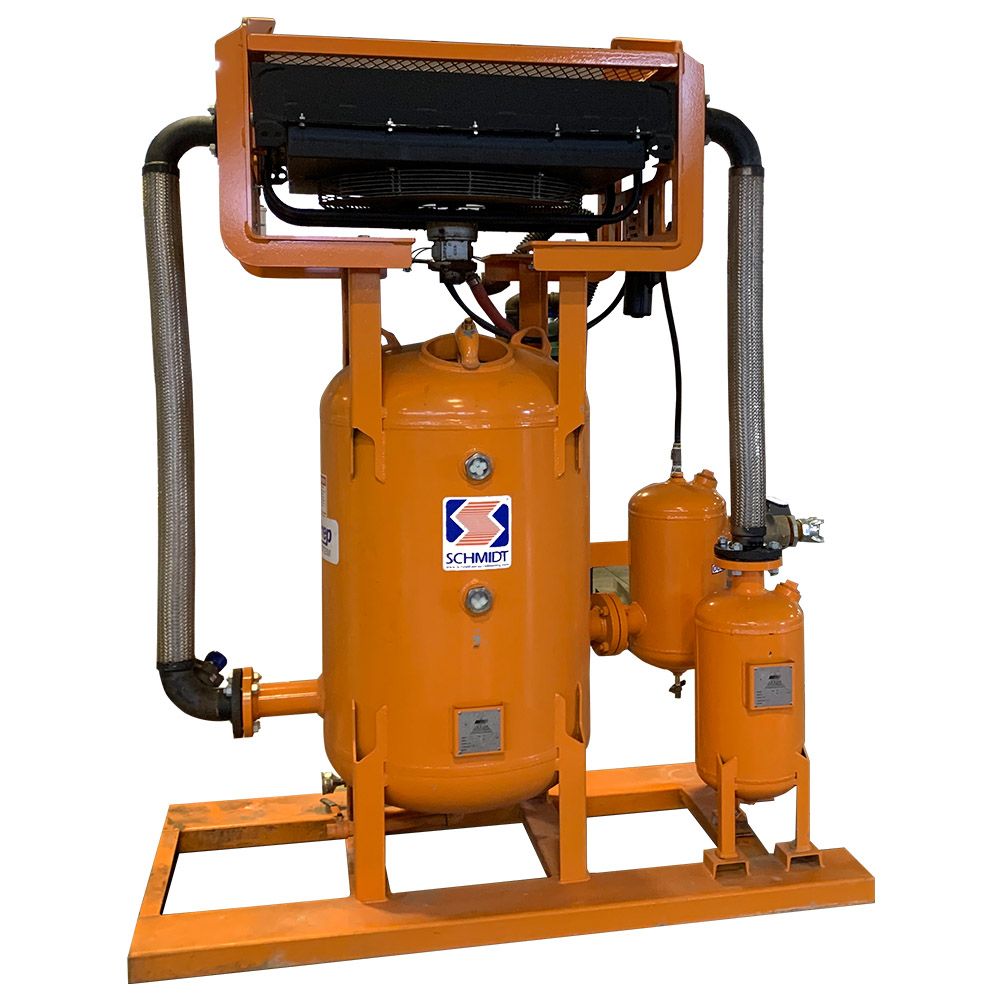Can you diagnose the following 3 problems?
Let’s establish a standard jobsite with all settings within normal parameters.
- Problem #1: Your blaster says the blasting is slow or the coating is tough to remove
- Problem #2: Your abrasive consumption is higher than planned
- Problem #3: Your nozzle pressure has dropped
Now, our experience visiting jobsites indicates the first thing blasters do to fix problem #1 is either choke the pot or open their metering valve – because the operator often assumes the slow blasting is caused by running the abrasive too lean, and that by increasing the abrasive flow they will go faster.
Both of these work-arounds are very costly.
- Choking the pot wastes compressor fuel and wears out your metering valve.
- Opening your metering valve wastes abrasive and costs more in clean up and disposal.
Problem #2 unfortunately is often not realized until the end of the project, or once the project manager must order an additional truckload he didn’t realize he was going to need!
Problem #3 may not be identified as a pressure issue, but rather that blasting speed has decreased or the coating is taking longer to come off (Problem #1). However, you may notice your compressor is no longer keeping up like it used to.
The real problem for these issues 9 times out of 10; is a worn blast nozzle.
- The worn venturi is not accelerating the abrasive like it used to, resulting in lower blasting speed
- The enlarged nozzle bore is using more air (CFM), which results in a higher-pressure loss through the hoses, and sometimes the compressor can’t keep up
- Higher air flow through the nozzle will inherently draw more abrasive through the metering valve, even without the operator adjusting the valve or choking the pot
So here’s a quick refresher on venturi blast nozzles to help you understand why a worn venturi can cause so many problems and destroy your profitability:
The SHAPE of the venturi, is where all the magic is derived. The tapering inlet creates a final restriction on the air flow, which results in increased velocity… the tapering outlet is where the abrasive accelerates along with the air, before exiting the nozzle. A new venturi will accelerate the abrasive up to 450 MPH (724 km/h), giving the abrasive the energy needed to clean the surface.
In time however, this inner bore gets worn and the venturi loses its shape… which decreases the velocity of the abrasive down to approx. 215 MPH (346 km/h) while also increasing the airflow through the nozzle. This reduction in abrasive velocity actually has a significant effect on the blasting speed.
Reducing the velocity by half, results in a 4x energy loss of the abrasive, and hence a slower cutting or cleaning speed. This is creating Problem #1
Now let’s talk about Problem #2 and #3 specifically – like I said; as the nozzle orifice wears, it consumes more air (CFM), which increases the airflow through the system. This has multiple effects on the system’s efficiency:
- Increased airflow through the abrasive metering valve will draw or pull more abrasive through the metering valve
- Increased airflow through the hoses and valves will result in a higher pressure drop across the system. We have seen as much as a 10-15psi difference in pressure loss between a new and worn nozzle, especially when you are running 200-300’ of blast hose
- Choking the blast pot will clearly increase your abrasive flow but it will also reduce your nozzle pressure, as it’s creating a restriction in the pusher line airflow
- Increased abrasive flow through the system will also create even more pressure drop in the blast hose, as its physical mass itself is restricting the airflow in the blast hose
- In the instance your compressor is borderline for available air capacity (CFM), then a worn nozzle will only further exaggerate the pressure loss. For example a new #7 nozzle requires 312cfm @ 100psi – once you add in your helmet air, air motor on the dryer, dust collector pulsing, spider lifts and other air tools, you are right on the edge for a 375cfm compressor to keep up. As soon as your nozzle wears, the pressure will start to drop. The primed insight last week gives a specific example of this, you can access that in the link below.
We see these issues all the time on jobsites, even the most efficient and professional setups can be affected by a worn blast nozzle, and sometimes you can’t tell it is worn by how old it looks!
This wearing of the venturi nozzle is why
- Blasting slows
- Abrasive consumption goes up
- And the blast pressure reduces over time
Depending on the abrasive used, Tungsten nozzles usually need to be replaced every 200-250 hours of use.
Our silicon nitride nozzles will last around 500- 600 hours when used with garnet, so more than double the life compared to Tungsten Carbide and less than double the cost!
We hope this information saves you time, money, and headaches.
 My Account
My Account






